|
|
|
|
|
|
|
|
Photo Gallery for Thamnophis sirtalis - Common Gartersnake
| 39 photos are available. Only the most recent 30 are shown.
|
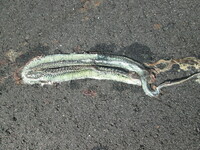 | Recorded by: Robert Russo
Burke Co.
Comment: |  | Recorded by: Guy McGrane
Watauga Co.
Comment: |
 | Recorded by: Robert Russo
Avery Co.
Comment: |  | Recorded by: Robert Russo
Avery Co.
Comment: |
 | Recorded by: Robert Russo
Caldwell Co.
Comment: | 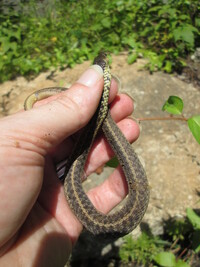 | Recorded by: Robert Russo
Caldwell Co.
Comment: |
 | Recorded by: K. Bischof
Transylvania Co.
Comment: |  | Recorded by: K. Bischof
Transylvania Co.
Comment: |
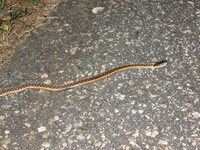 | Recorded by: Robert Russo
Caldwell Co.
Comment: |  | Recorded by: Robert Russo
Caldwell Co.
Comment: |
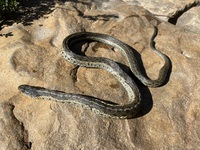 | Recorded by: Pat Momich
Madison Co.
Comment: | 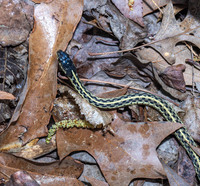 | Recorded by: Gary Williamson, Byron Carmean, Dillion Kania, Todd Pusser and Steve Hall
Durham Co.
Comment: |
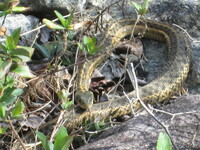 | Recorded by: Robert Russo
Alexander Co.
Comment: |  | Recorded by: Robert Russo
Alexander Co.
Comment: |
 | Recorded by: Robert Russo
Alexander Co.
Comment: |  | Recorded by: Robert Russo
Caldwell Co.
Comment: |
 | Recorded by: Robert Russo
Caldwell Co.
Comment: | 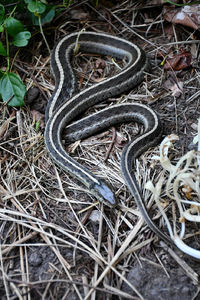 | Recorded by: J. Mickey
Wilkes Co.
Comment: |
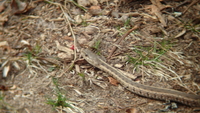 | Recorded by: Erich Hofmann and Kayla Weinfurther
Buncombe Co.
Comment: | 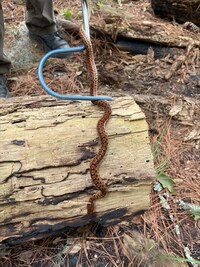 | Recorded by: C. Teague, B. Bockhahn, C. Blake
Beaufort Co.
Comment: |
 | Recorded by: K. Bischof
Transylvania Co.
Comment: |  | Recorded by: K. Bischof
Transylvania Co.
Comment: |
 | Recorded by: B. Covington
Moore Co.
Comment: | 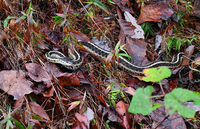 | Recorded by: J. Mickey
Alleghany Co.
Comment: |
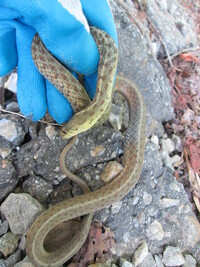 | Recorded by: Robert Russo
Wilkes Co.
Comment: | 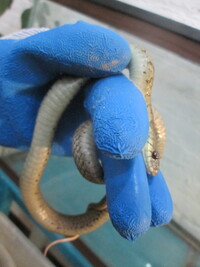 | Recorded by: Robert Russo
Wilkes Co.
Comment: |
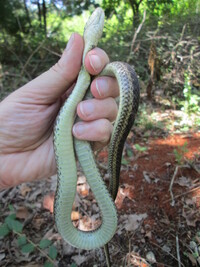 | Recorded by: Robert Russo
Alexander Co.
Comment: | 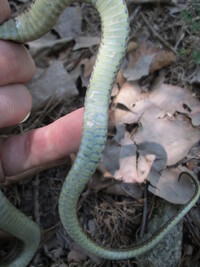 | Recorded by: Robert Russo
Alexander Co.
Comment: |
 | Recorded by: Erich Hofmann
Craven Co.
Comment: | 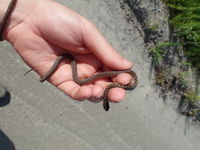 | Recorded by: Erich Hofmann
Craven Co.
Comment: |
|
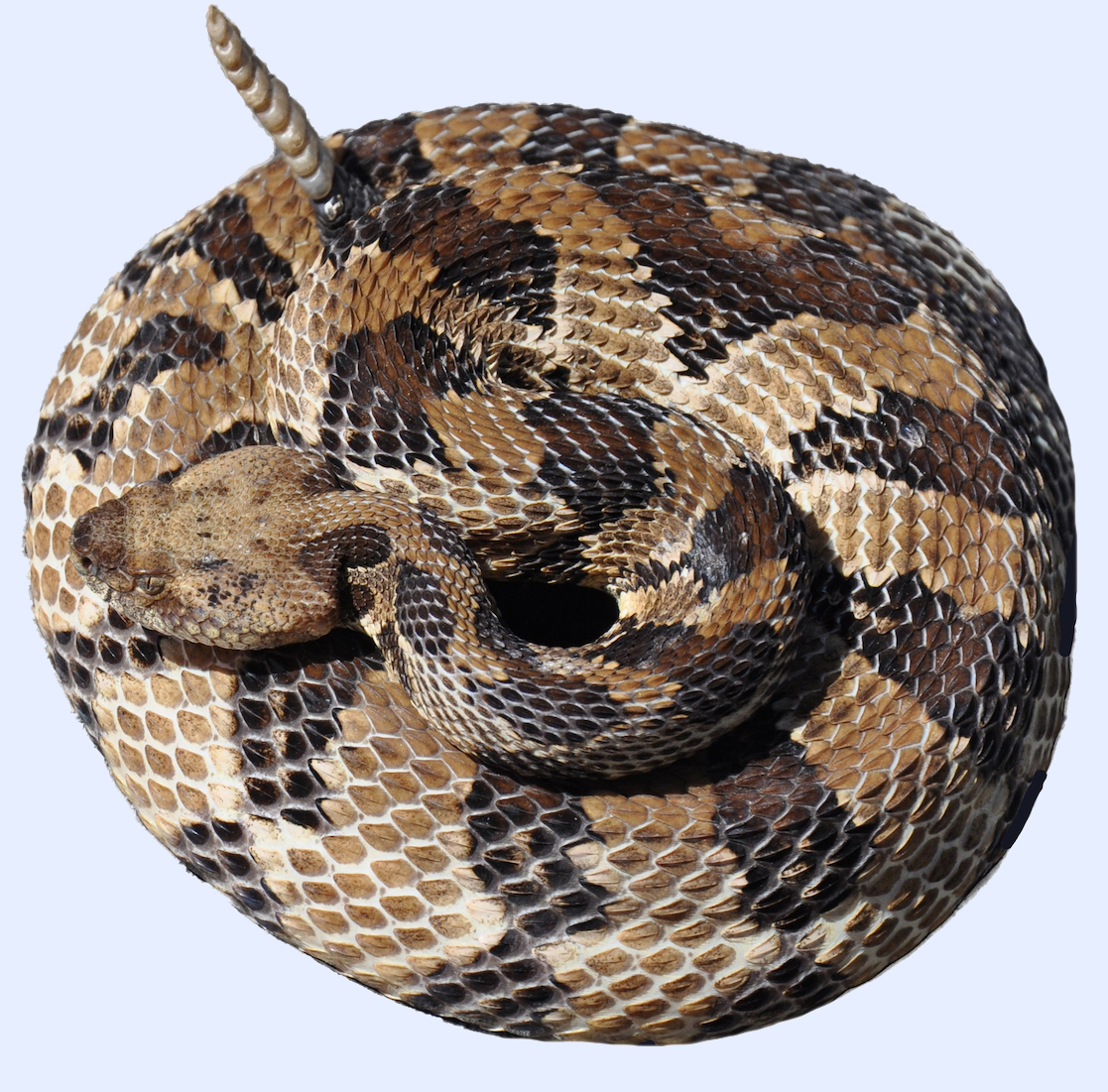
 »
» 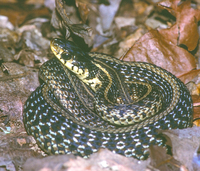



 »
» 

